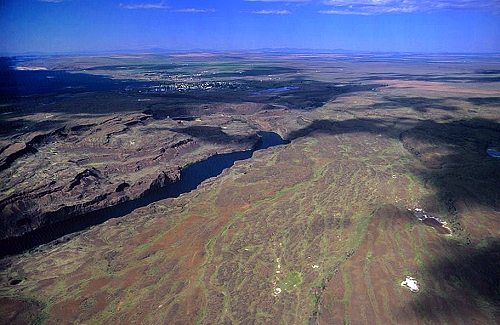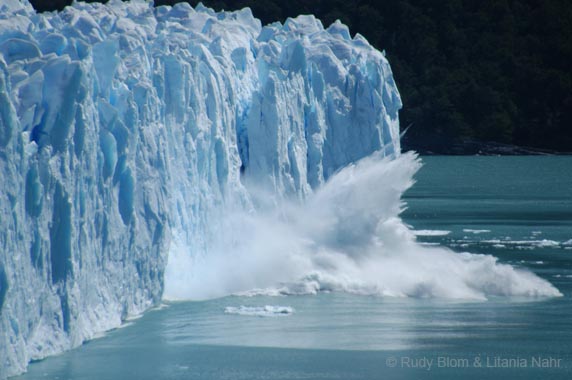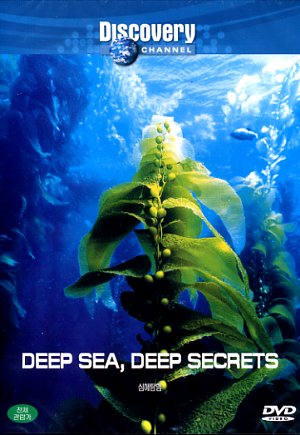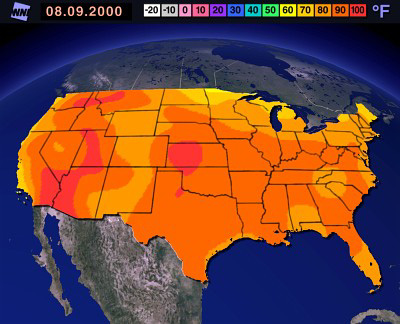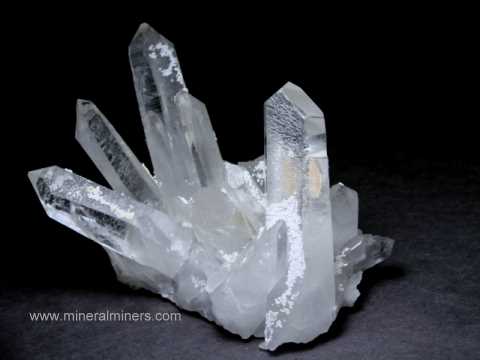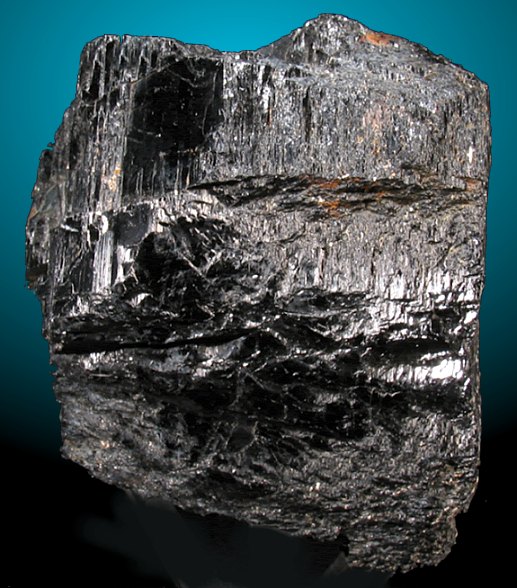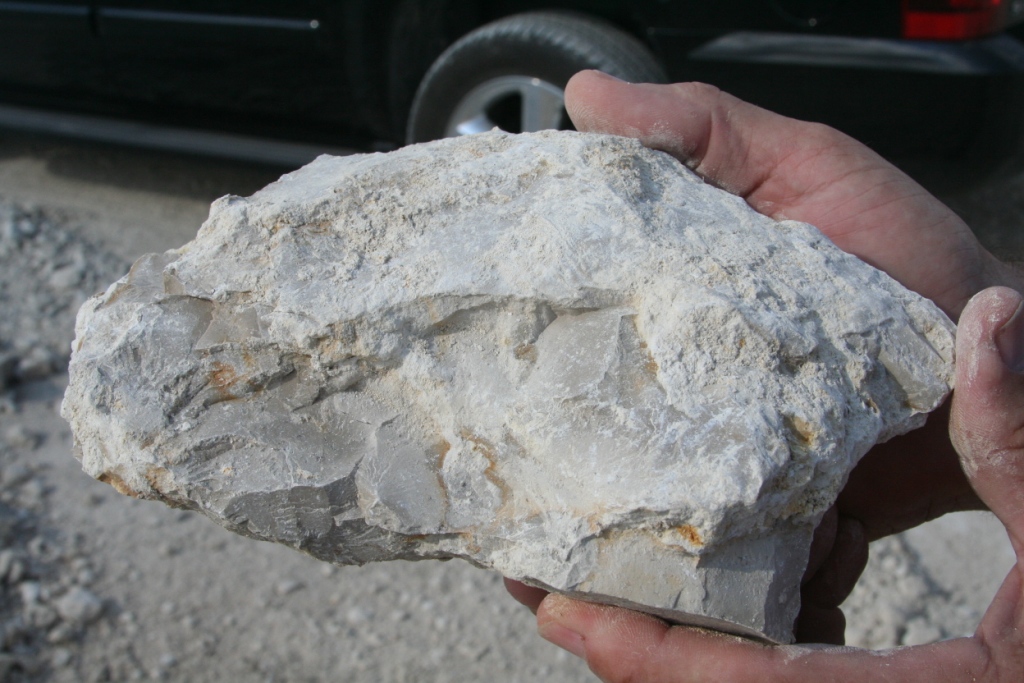When driving to Jackson Springs I got a chance to see a side of macon I never thought existed, nice house's. The drive was really nice down the main road, it was hilly and had a lot of color. Right from the beginning there was a nice little stream that had a nice stone bridge. we walked along the paved walkway and got a little bit of history of the land. As Dr. rood discussed that there was a flood in the early 1990's and it was crazy to see the marker that was put down to indicate how high the water level came up. Then we made our way down to the river and hoped on a big rock. We got to bang away at it to see the types of stone were around it. We did soil testing like we did in the community gardens and got to notice the different types and compare between the two.
Monday, April 23, 2012
Ocmulgee
On this trip we went to the Ocmulgee National Park. Here we walked through the trails of this old indian trade post that used to be a booming back in the day. This is the second time i have been to the indian mounds. You can walk through an old indian hut that is still preserved in great form. We also got to go on top of one of the mounds where the indians would have lived on to be "closer to their god/s." That was really cool because you had a good 360 degree view of Macon. Dr.Rood showed us a rare flower that was near a little bridge and it was a cool plant. This year we did not get to go in the museum and get a tour. Luckily i was there last semester that i got to see all the different artifacts and the cool visual of the time frame and the kind of people who lived at this post at that distinct time.
Friday, April 20, 2012
Mega flood Movie
MEGA FLOOD!!! When glaciers melt, there is a lot of water...if there is a lot of water on land, then there is some major flooding. This is my second time watching the movie and it was still pretty cool. The Wyoming landscape was carved out by this glacier. The pressure was building in this glacier because of the water trying to melt, creating bubbles withen, then exploding from the inside out. This created a vast burst out, and the glacier scratched the lands and created the scabs lands. Hills and pot holes filled with water is what this terrain now consists of. At the end of the movie they have you follow a man whose job is to check certain locations in the Scabs to check the landscape and sees if the glacier is still moving.
Movie Blog
The Alvin being dropped in le ocean
Deep Sea, Deep Secrets is documentary done on the crew who took the Alvin, the white sub, to the bottom depths of the Mid-Ocean Ridge. Here they explored the hydrothermal vents where there is a large amount of plant and animal life. Usually at these depths this kind of life is unheard of without sunlight, which brings photosynthesis, but tese vents add a whole knew way to living, reproducing, and surviving. All of these creatures live off each other and the plant life around them. It was really cool seeing the different animals and fish that are produced from the vent elements and nutrients. It would be awesome to be able to see something like this in person, but I don't know anyone with a miny sub that can take me on a nice trip.
Wednesday, April 4, 2012
Deep Sea Movie
The Deep Sea, Deep Secrets movie was really cool. There was a lot of interesting and fascinating species and coral displayed at the bottom of the sea. It is crazy to hear that the deep depths of our ocean is the most unknown area on our planet, almost like space. We do not know everything that goes on or lives down there because the extent of pressure is insane that no human is able to make a dive to the bottom. The deepest part of the ocean is 6.85 miles down, almost 7 miles. Because the bottom is so deep, plant and animal life would seem to be non extent because lack of oxygen. However, around volcanic ducts plant life is prosperous because they have found a way to reproduce with the nutrients and elements formed. This documentary is filmed by the divers that use a mini sub to explore the ocean depth, take pictures, video, and extract material.
Community Garden
The community garden is located right behind the Macon Methodist Church. Here a company called Macon Roots started a community garden to allow people from the area to come in and plant some vegetables and fruits for food consumption. We as a group went through the gardens. We identified some plants, we did a Munsell color chart to figure out the type of soil was in the grounds of the community garden, and we looked at the different layers of soil. This was my second time going to the gardens from last semester and it seemed to have gotten more organized with its plants. We also played with mud-which means we used a series of tests to indicate the texture of the soil. This garden just gets me ready to go home and get mine going.
Wednesday, February 15, 2012
Igneous Rock
Obsidian
Obsidian is made by the lava that comes from a volcano that rapidly cools into a glass looking igneous rock that lacks any crystal growth. Obsidian is translucent and is black. On the Mohs scale of hardness it is a 5-6. The luster it gives off is vitreous. Back in the day this rock was used for arrowheads or sharp weapons because it could be fractured into sharp objects easily and it was durable. It also was used for early mirrors.
Obsidian is made by the lava that comes from a volcano that rapidly cools into a glass looking igneous rock that lacks any crystal growth. Obsidian is translucent and is black. On the Mohs scale of hardness it is a 5-6. The luster it gives off is vitreous. Back in the day this rock was used for arrowheads or sharp weapons because it could be fractured into sharp objects easily and it was durable. It also was used for early mirrors.
Thursday, January 26, 2012
Uluru
Uluru is a an island mountain located in the Northern Territory in central Australia. This spectacle is in the Uluru-Kata Tjuta National Park. Uluru, also known as Ayers Rock, is 2,831 feet tall and 5.8 miles around. The reason it stands so prominent in the middle of no where is because it is the remnants of a larger mountain range that has eroded over time. It can actually be called a monolith, a single massive stone or rock structure. There are many natural wonders like waterholes and rock caves that surround this mountain. That is probably why the ancient Aboriginal people would worship the mountain and create ancient paintings that are masterpieces on their own. The mountain can be seen to have multiple colors because during different times of the day and year, Uluru can turn bright red or into a darker brown. The composition of Uluru is mainly a type of sandstone with an abundance of feldspar, or coarse-grained arkose.
Subscribe to:
Posts (Atom)



